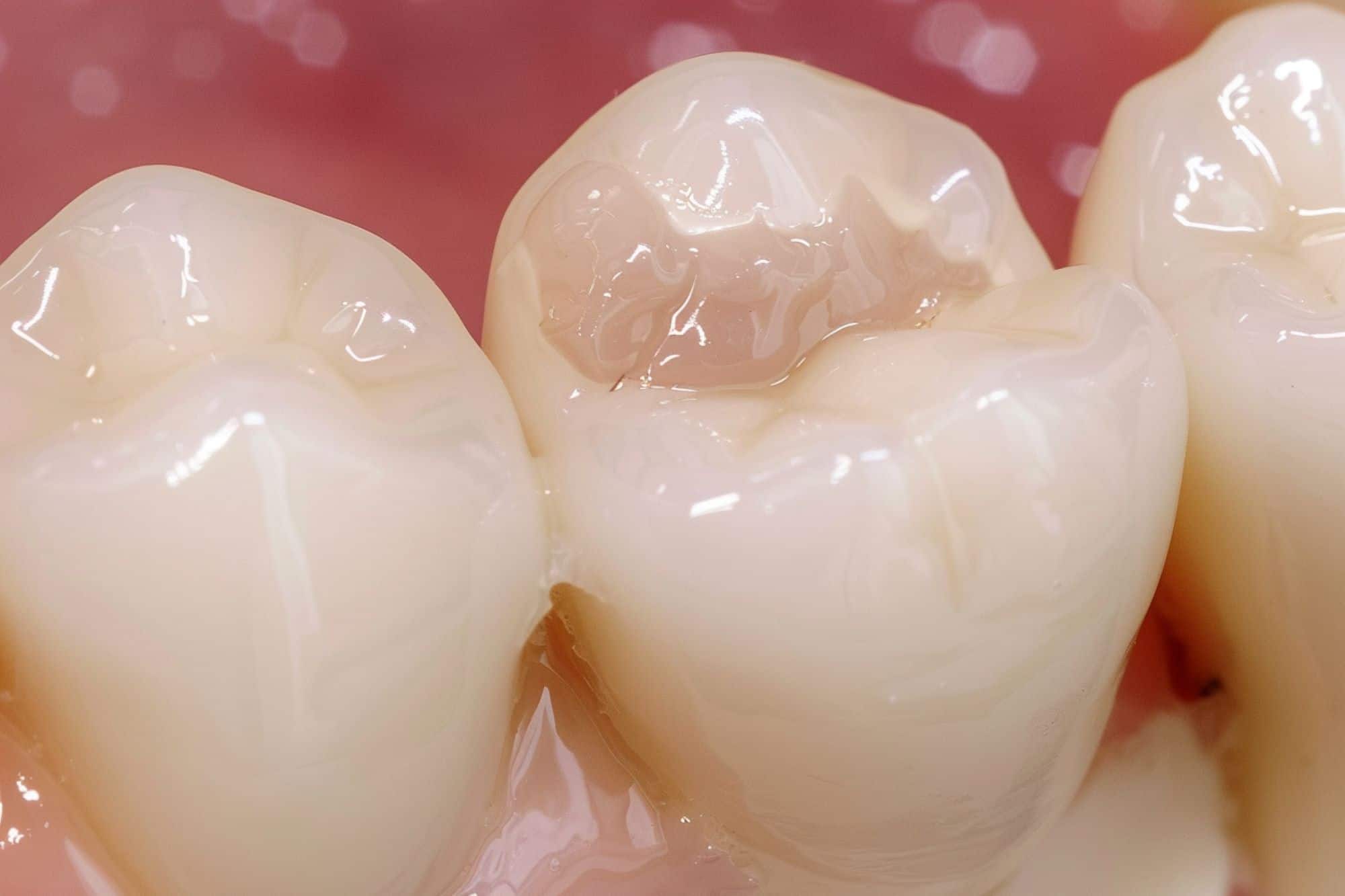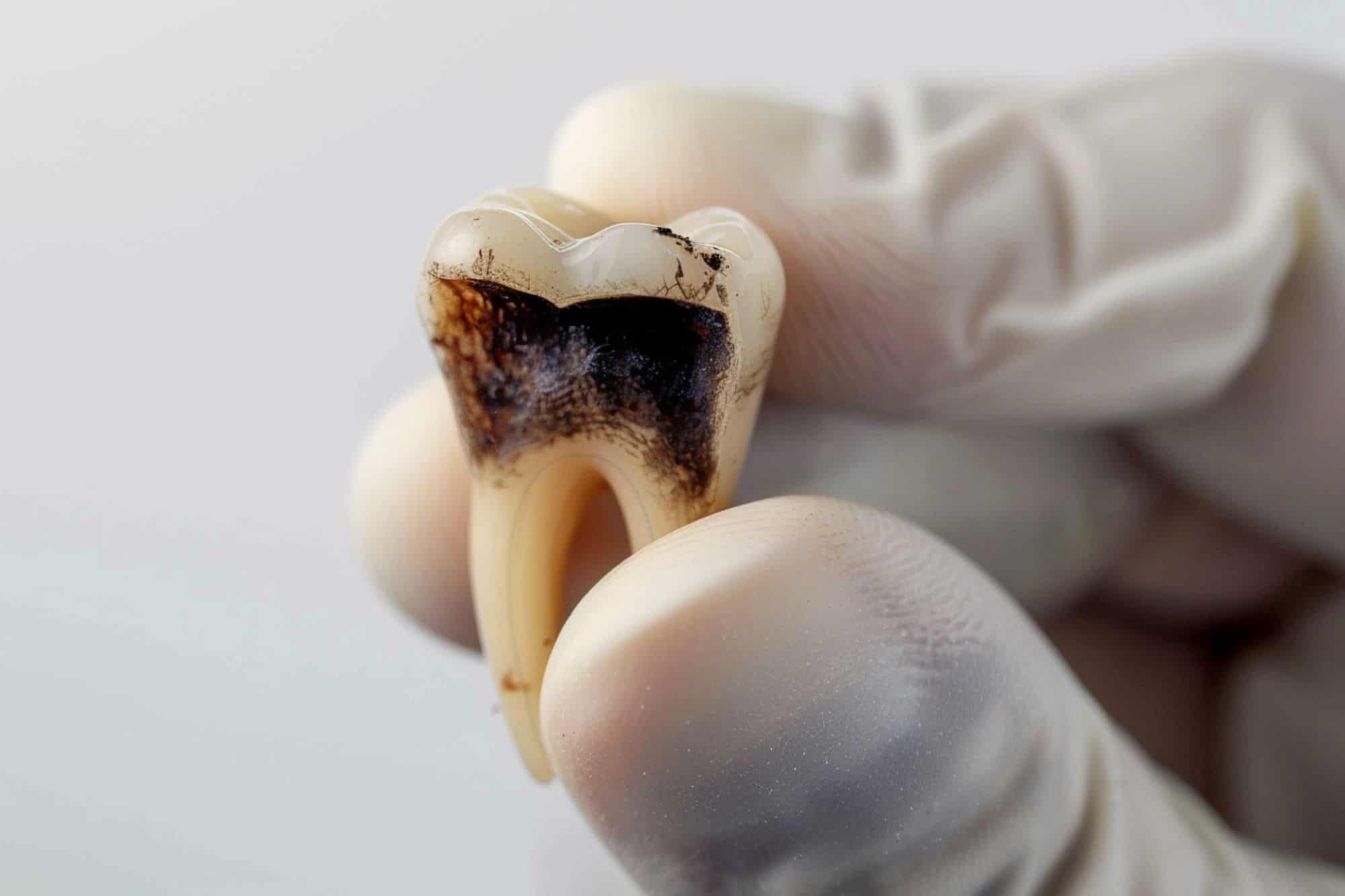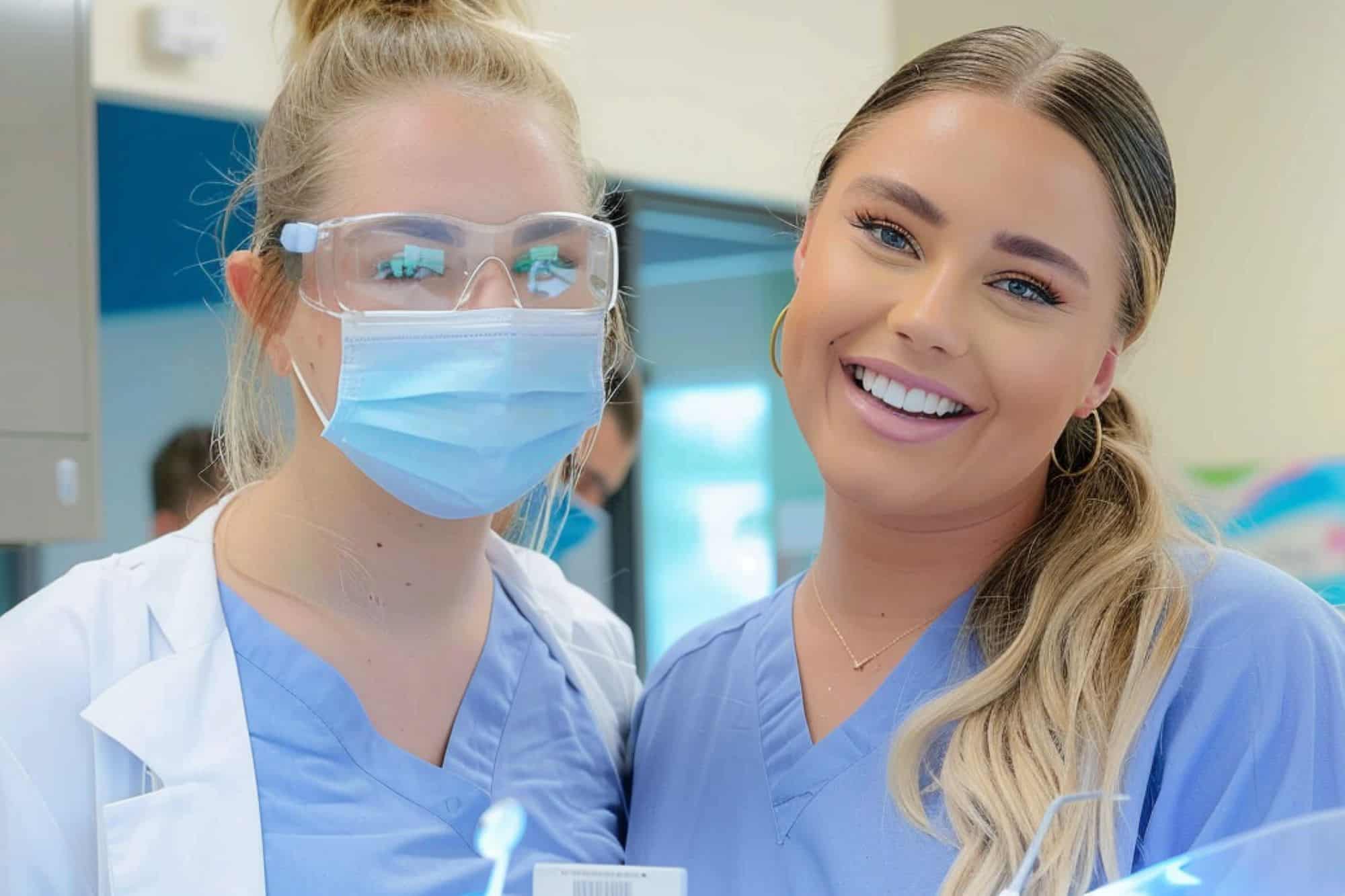Welcome to our discussion on whether orthodontists can pull teeth. This is a common question many people have, especially when facing treatments like braces. Today, we’ll explore what orthodontists do, including their role in tooth extractions, to give you a clear and complete understanding.
Can an Orthodontist Pull Teeth?
Orthodontists are not just regular dentists; they are specialists who have completed additional years of training focused on correcting misalignments in the teeth and jaws. This extra education enables them to perform a variety of procedures, including tooth extractions.
Yes, orthodontists can indeed pull teeth, but it’s important to note that this is not their main focus. Their primary goal is to improve how the teeth fit together using braces or other orthodontic devices. However, there are certain situations where removing a tooth may help achieve a better overall alignment. For example, if teeth are too crowded and there’s not enough room for all of them, an orthodontist might recommend an extraction to make space for the remaining teeth to be properly aligned.
It’s also worth mentioning that while orthodontists are qualified to perform extractions, they often refer more complex cases to oral surgeons or other dental specialists. This ensures that every aspect of your treatment is handled by someone with specific expertise in that area.
When Do Orthodontists Decide to Pull Teeth?
Orthodontists are cautious when it comes to pulling teeth. They consider this option only when it’s absolutely necessary to achieve the best possible outcome for your smile. Here are some situations where an orthodontist might decide that tooth extraction is the best course of action:
Severe Overcrowding
If your teeth are too crowded, it might be difficult for them to move into proper positions even with braces. Removing one or more teeth can provide the needed space for the remaining teeth to align correctly.
Misalignment
Sometimes, teeth may grow in at odd angles or in positions that interfere with other teeth. In such cases, removing a problematic tooth can help in achieving a better overall alignment.
Proactive Treatment Planning
During your initial consultation, an orthodontist will assess your teeth’s current state and your facial structure. If they predict complications that could hinder future alignment, they might suggest an extraction as a preventive measure.
…an orthodontist will always explore all possible alternatives before recommending an extraction.
It’s important for patients to understand that an orthodontist will always explore all possible alternatives before recommending an extraction. This decision is made with careful consideration of how it will benefit your dental health and aesthetic outcome. They will explain why the extraction is necessary, what the process will involve, and how it fits into your broader treatment plan.
The Tooth Extraction Process by Orthodontists
When an orthodontist decides that a tooth extraction is necessary, the process is conducted with precision and care to ensure comfort and the best possible results for the patient. Here’s what the tooth extraction process generally involves:
Pre-Procedure Examination
Before any extraction, an orthodontist thoroughly examines the tooth and surrounding areas. This may include taking X-rays or digital scans to understand the root structure and the relation to neighboring teeth.
Anesthesia
To ensure the procedure is as painless as possible, local anesthesia is administered around the area of the tooth to be extracted. This numbs the tooth, gum, and surrounding tissue, making the process more comfortable.
Using Dental Tools
Depending on the complexity of the extraction, an orthodontist may use different tools. For a simple extraction, tools like elevators, which are used to lift the tooth slightly, and forceps, which grip the tooth for removal, are commonly used.
Extraction Process
The actual removal of the tooth involves careful manipulation to minimize impact on surrounding tissues. If the tooth is impacted or the situation is more complicated, the orthodontist might perform a surgical extraction, involving small incisions to access the tooth.
Post-Extraction Care
Immediately after the tooth is removed, the orthodontist will apply gauze to control bleeding and may prescribe pain medication to help manage discomfort. Instructions for post-extraction care will include diet modifications, oral hygiene practices, and follow-up appointments to monitor healing.
Recovery and Follow-Up
Recovery times can vary, but patients are usually advised to avoid strenuous activity for a few days. Follow-up visits are critical to ensure the extraction site is healing properly and to continue with any additional orthodontic treatment.
Your orthodontists in Erie ensure that each step is performed with the highest standards of dental care, prioritizing the patient’s health and comfort. Now, let’s explore some alternatives to tooth extraction that can also help achieve a well-aligned smile without removing teeth.
Alternatives to Tooth Extraction
While tooth extraction can be a solution for certain orthodontic issues, orthodontists often explore less invasive alternatives that can provide similar benefits. These alternatives include:
Braces and Adjusters
Traditional braces or newer clear aligners can often correct issues like overcrowding without the need for extractions. By applying gradual pressure, these devices can shift teeth into the desired position over time.
Palatal Expanders
For younger patients, a palatal expander can be used to widen the upper jaw, creating more room for teeth to align properly without removing any teeth.
Interproximal Reduction (IPR)
Also known as tooth slenderizing or reshaping, this technique involves removing small amounts of enamel from between the teeth to create extra space. This can be an effective alternative to extraction when only a slight amount of additional space is needed.
NOTE
Orthodontists typically consider techniques in teeth alignment without extractions to preserve the natural teeth and maintain the patient’s natural dentition as much as possible.
Referral to Other Dental Specialists
Orthodontists often collaborate with other dental professionals to provide comprehensive care. There are specific situations where an orthodontist might refer a patient to another specialist:
Oral Surgeons
For complex extractions, such as impacted wisdom teeth or surgical removal of teeth that are severely misaligned, orthodontists will refer patients to oral surgeons who have specialized training in these procedures.
Periodontists
If there are concerns about gum health or the need for advanced gum treatment, a referral to a periodontist might be necessary.
Prosthodontists
For patients requiring dental prostheses after tooth extraction, such as bridges or implants, orthodontists might collaborate with prosthodontists to plan the best aesthetic and functional outcomes.
These referrals are made with the patient’s best interest in mind, ensuring that they receive expert care for specific needs. Orthodontists coordinate with these specialists to ensure a holistic approach to oral health and orthodontic treatment.
Frequently Asked Questions
Patients often have questions about the role of orthodontists in tooth extractions and related procedures. Here are some frequently asked questions to help clarify common concerns:
Do orthodontists pull teeth for braces?
Orthodontists may recommend pulling teeth if there is severe overcrowding and it’s necessary to create space for the remaining teeth to align properly. However, this is not always required, and alternatives like braces, aligners, or palatal expanders are considered first.
What should I expect during and after a tooth extraction?
During the extraction, you will receive local anesthesia to numb the area and minimize discomfort. Your orthodontist in Erie will use specific tools to remove the tooth carefully. After the extraction, expect some tenderness and swelling. It’s important to follow the orthodontist’s care instructions, such as using gauze to manage bleeding, avoiding certain foods, and keeping the area clean.
How do I know if I need a tooth extraction for my orthodontic treatment?
The need for a tooth extraction is determined based on a detailed assessment of your dental and facial structure, the alignment of your teeth, and the specific goals of your treatment. Your orthodontist will discuss all possible options and recommend an extraction only if it is the best solution to achieve optimal results.
Can tooth extraction affect my overall oral health?
When performed by a skilled orthodontist, tooth extraction is a safe procedure that can significantly improve your oral health by preventing more severe problems like tooth decay and gum disease caused by overcrowding. Proper post-extraction care is essential to ensure healthy healing.
Are there any risks associated with tooth extraction by an orthodontist?
As with any medical procedure, there are risks, such as infection, prolonged bleeding, or reaction to anesthesia. However, these risks are minimal when the extraction is performed by an experienced orthodontist who follows stringent sterilization and procedural protocols.
Conclusion
Understanding whether orthodontists can perform tooth extractions and when it might be necessary helps demystify part of the orthodontic treatment process. Remember, every decision, including extractions, is made with your best dental health in mind. For specific concerns or more information, always consult directly with your orthodontist in Erie to ensure you receive the best care tailored to your needs.






